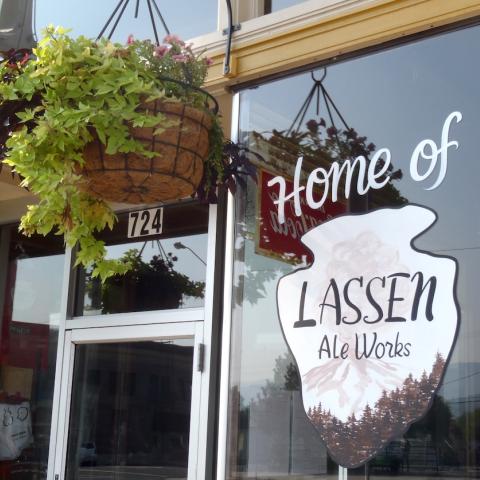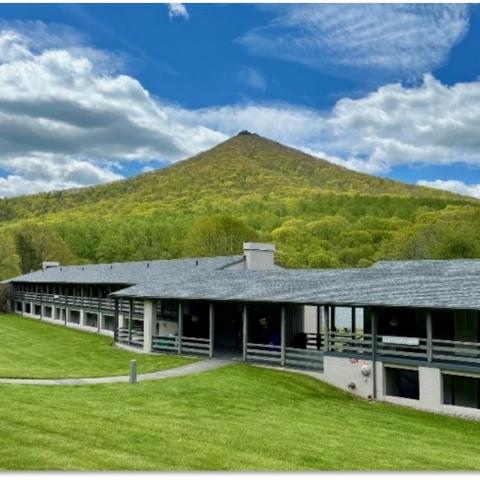
Roadwork will impact travel on the Blue Ridge Parkway this summer/Skeeze via Pixabay
Summer usually is the peak season for national park vacations and, unfortunately. it's also the peak season for road work. If you're planning to travel the Blue Ridge Parkway, know that more than 100 miles of the scenic road will be resurfaced in the coming months. And that means there will be some lane closures that will slow things down.
The resurfacing is designed to make the pavement last longer without the need of ripping it all up and replacing it. Work is expected to start in late-May and continue through November, with no work scheduled during October, the peak color season along the parkway. Work locations, within scheduled project areas, will change weekly, and visitors in active work zone areas should expect single lane closures and delays.
Work will take place on the following sections of Parkway, and includes the paved road-side pullouts:
* Milepost 175 to 217, Mabry Mill to Cumberland Knob area (42 miles)
* Milepost 241 to 262, Doughton Park to West Jefferson area (21 miles)
* Milepost 292 to 345, Cone Memorial Park to NC Minerals Museum area (53 miles)
As with any road project, motorists and park users must exercise caution. In the interest of visitor safety, park visitors are asked to:
- Check the Parkway’s Real Time Road Map for regularly updated work zone information.
- Expect delays while work takes place Monday through Friday. Lane closures will be managed with flagging operations and a pilot car to lead traffic through work zones.
- Observe reduced speed limits in work zones, 24 hours a day, seven days a week; to maintain safe operations and allow for proper curing of pavement.
- Anticipate loose gravel on the road surface during pavement curing times. Bicyclists and motorcyclists are asked to exercise extreme caution as loose gravel on top of the paved surface, during the required curing time, could result in loss of control. On-site message boards will recommend alternate routes.
- When circumstances prevent bicyclists from keeping up with traffic, dismount and move off of the road to let the on-coming traffic pass when traveling through a single lane closure.
Project vendors will work in short sections and repeat the resurfacing process as they move from section to section of the full project. The steps in this process include prepping the surface, applying a chip seal surface of liquid asphalt and stone chips, allowing the surface to properly cure, vacuuming the work area to minimize loose gravel, applying a fog seal on top of the chip seal surface, and finishing by painting new road marking lines. The process will then repeat on the next section of the project.
The Blue Ridge Parkway inventory of paved roads includes bridges, tunnels, parking areas, spur roads, service roads, campground and picnic area roads, and the 469-mile Parkway motor route itself. Given the large inventory of paved surfaces along the Parkway, and in order to effectively invest available funding, the pavement preservation strategy focuses on keeping the good sections good and returning fair sections to good condition.
Pavement preservation is becoming a regular road maintenance strategy in national parks. Studies find that for each dollar spent on pavement preservation between $6 and $10 in future pavement rehabilitation costs are saved. Funding for road maintenance in national parks, including the Parkway, comes in large part from the Highway Trust Fund, which is derived from a federal gas tax managed by the Federal Highway Administration.




 Support Essential Coverage of Essential Places
Support Essential Coverage of Essential Places







Comments
The NP's Real Time Road Map of the BRP falls short in keeping travelers up to date regarding active & ongoing roadwork maintenance taking place along the BRP. It is very difficult making detours off of the BRP. You can help travelers by keeping the "real time" map more uptodate on a daily (or at least weekly) basis.